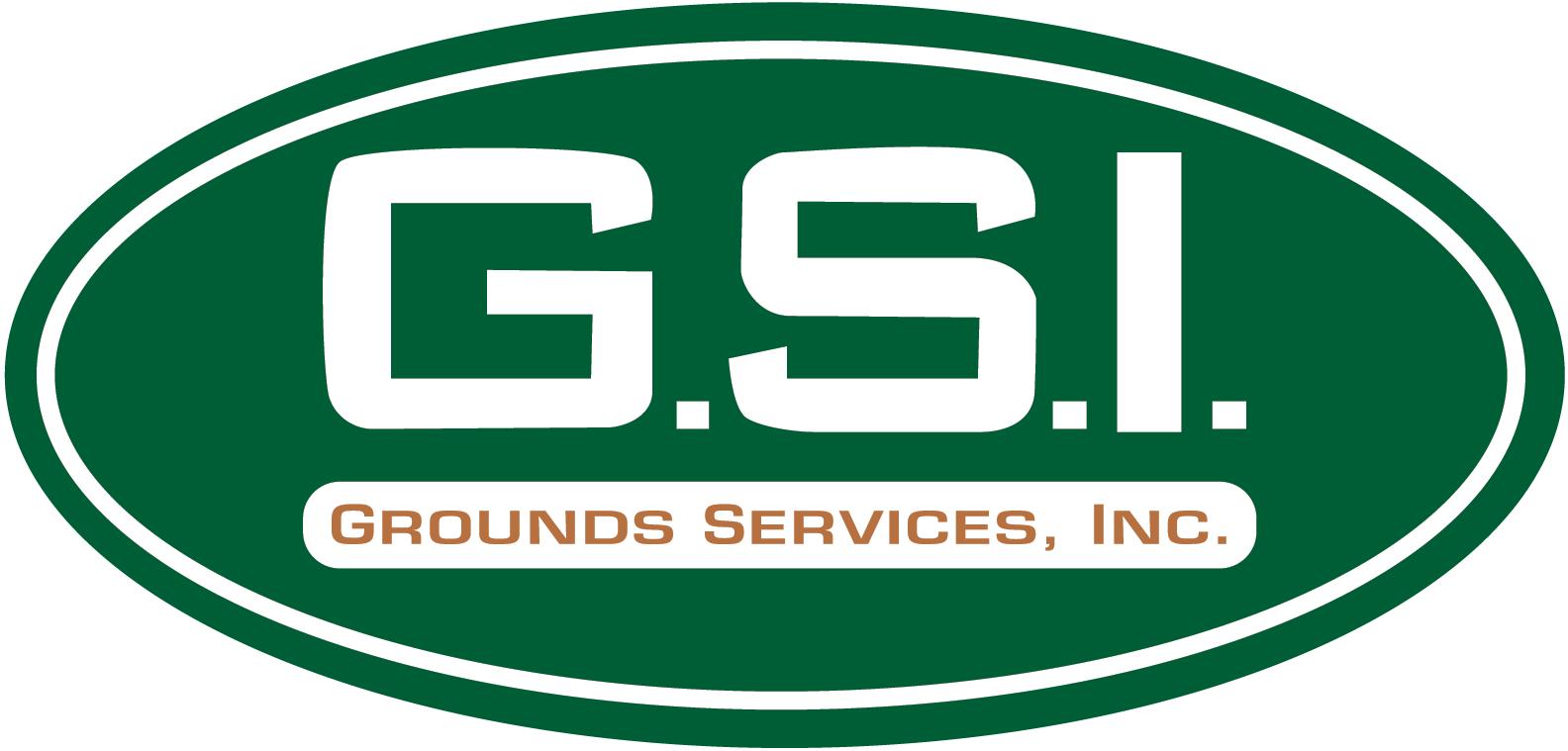Preventative and Corrective Insect Control Solutions Get a Quote Now
Grounds Services offers a variety of solutions if insects are becoming more than just a nuisance in your lawn or on your trees and shrubs. Bug Shield offers perimeter protection to help keep insects out while Surface Feeding and Sub-Surface Feeding Insect Control offers protection from turf-destroying pest. Other common insects that may be problematic are scale and borers which target our trees.
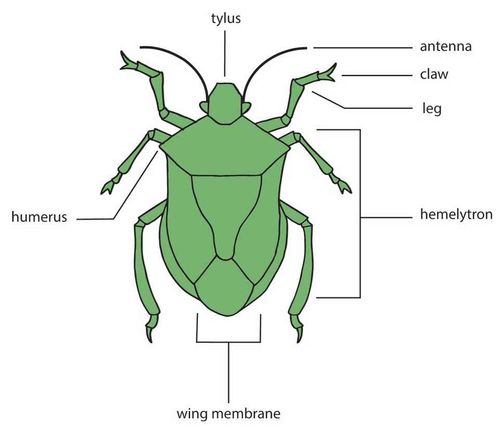
Insect Control Options
Not all insects are bad or need to be controlled, but some can cause a considerable amount of damage to our lawns, trees and landscape plants. With proper timing and the right product, you can be sure that your property will be protected from pest that may cause damage.
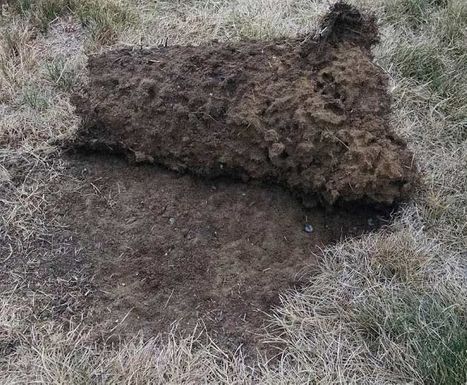
Grub activity in a residential lawn.
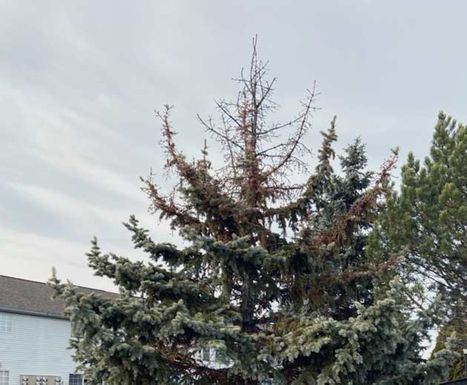
Borer activity damaging an Austrian Pine.
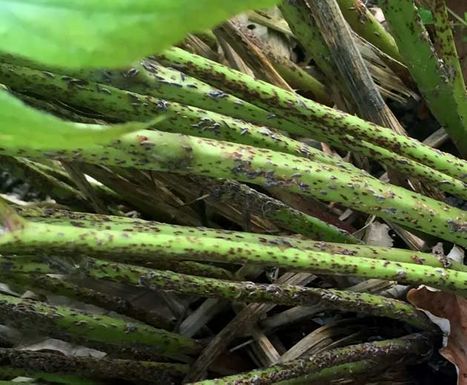
Scale activity on a peony.
Grub Control
Grub Control
Grubs are a common problem for many home owners. Because they dwell under the surface of your turf, it is not always easy to spot a problem until it's too late. These pests feed on the root of grass and can cause mass devastation; stressing the turf, or worse, killing portions of the lawn.
What to look for
- Areas of turf yellowing or dying in late summer thru fall
- Loose areas of grass (easily picked up like sod). Occurs throughout Fall and into the next growing season to May
- Areas typically affected: full sun and moist
- Kentucky bluegrass and Perennial rye grass are more susceptible to grub damage
Frequently asked question: Does Grub Control prevent moles? The short answer is no. Moles tunnel through property in search of food. Their primary food source is the earthworm, so even with a grub control, there is no guarantee that moles will stay away.
Other Turf Insects
Surface Feeding Insecticides
Targets pest such as fleas, ticks and chinch bugs. We have up to three per season we can apply to your lawn. Each application has about a 30 day residual and depending on the pest would depend on the timing of the year we recommend getting treated.
Bug Shields
Protection from the foundation up!
Prices starting at $88. We offer up to three times per season for this service: spring, summer and fall.
*Currently only offered in Ohio.
The technician will apply a liquid insect control to the most common areas of your homes exterior where insects tend to gain access inside. This product last about 30 days and targets a wide range of insects.
Landscape Insect Control
Rose Bushes
Protect your roses from beetle activity with a liquid insect control designed and delivered to target these and other pest that may cause damage to the leaf and petals of your prized bushes.
Scale on your landscape plants
When we think of scale activity, our first thoughts might be scale on trees. Scale can also show up on and damage our flower bed plants like pachysandra and peony's. If you notice small raised objects on the stems or underside of leaves, you may have scale insects.
Other Insect Activity
If you are concerned that insects are causing damage to your plants, feel free to reach out to us for a free technician visit.
Tree/Shrub Insect Control
Bagworm
Bagworms can be destructive to a variety of plants, including: arborvitae's, red cedars, junipers, oaks, sycamores, maples, and apple trees, just to name a few. They camouflage themselves by creating a protective cocoon that looks like a bag made out of debris from the plant they are attacking/feeding from & feces. The females remain in the larvae stage and will continue to feed off of the host plant throughout the year. Her eggs will hatch the following season.
Scale
The nymph stage and adult females feed on the sap from the plant, as they do this, honeydew is secreted and may attract other pest such as ants or wasps.
Spider Mites
The damage first appears like lines of yellow dots on the leaf of the plant (from spider mites feeding on the plants cell and killing portions of the leaf or needle). During heavy infestations, whole leaves may be stripped and killed. If they spider mite population is minimal, treatment may not be needed.
Tree Injections and Soil Soaks
Borer Activity
Borers are insects (such as beetles or moths) which spend a portion of their development under the bark of certain trees. Many borers do not cause extensive damage to the tree and may only attack trees currently weakened by other activity. With that said, their are species of borers that can do extensive damage to healthy trees such as the Emerald Ash Borer or the pitch mass borer.
Pesticide Information
Herbicides
Herbicides can either be contact (applied and targeting only the parts of the plant where the chemical is deposited) or systemic (applied to the leaf or root structure of the plant in which the chemical may be absorbed and transported throughout the plant). Some herbicides are non-selective meaning that the chemical will target any and all growth (grass, broad leaf weeds, shrubs, etc). Selective herbicides target specific plants such as broad leaf weed control which will not damage the turf grass while applied on a lawn. Herbicides may act as growth regulators, interfere with the plants natural chemical synthesis, or effect a seeds germination habit. As with all pesticides, please read and follow all label instructions.
Insecticides
Insecticides can either be systemic (absorbed through the plant and then ingested by the insect through feeding) or contact (applied directly to the insect or picked up by the insect moving through an area which has the insecticide on it). Insecticides may be selective (attacks only specific insects) or broad-spectrum (affects a wide range of insects).
Fungicides
Fungicides may be used as a preventative or corrective measure; they can work by either preventing or interfering with the germination process of the fungal spores or destroy the fungus outright. Contact fungicides will not be absorbed by the plant's tissue and will only remain active on the surface of the plant in the location applied. This is beneficial since it rarely leads to the fungi building a resistance against the fungicide since the residual does not last long. Penetration fungicides may also be an option. This sort of fungicide not only penetrates the leaf of the plant (in which it can then travel to other portions of the plant) but may also be used as a contact fungicide. Penetration fungicides can be used to protect new growth from potential fungus attacks (especially if susceptible, such as perennial rye grass).
